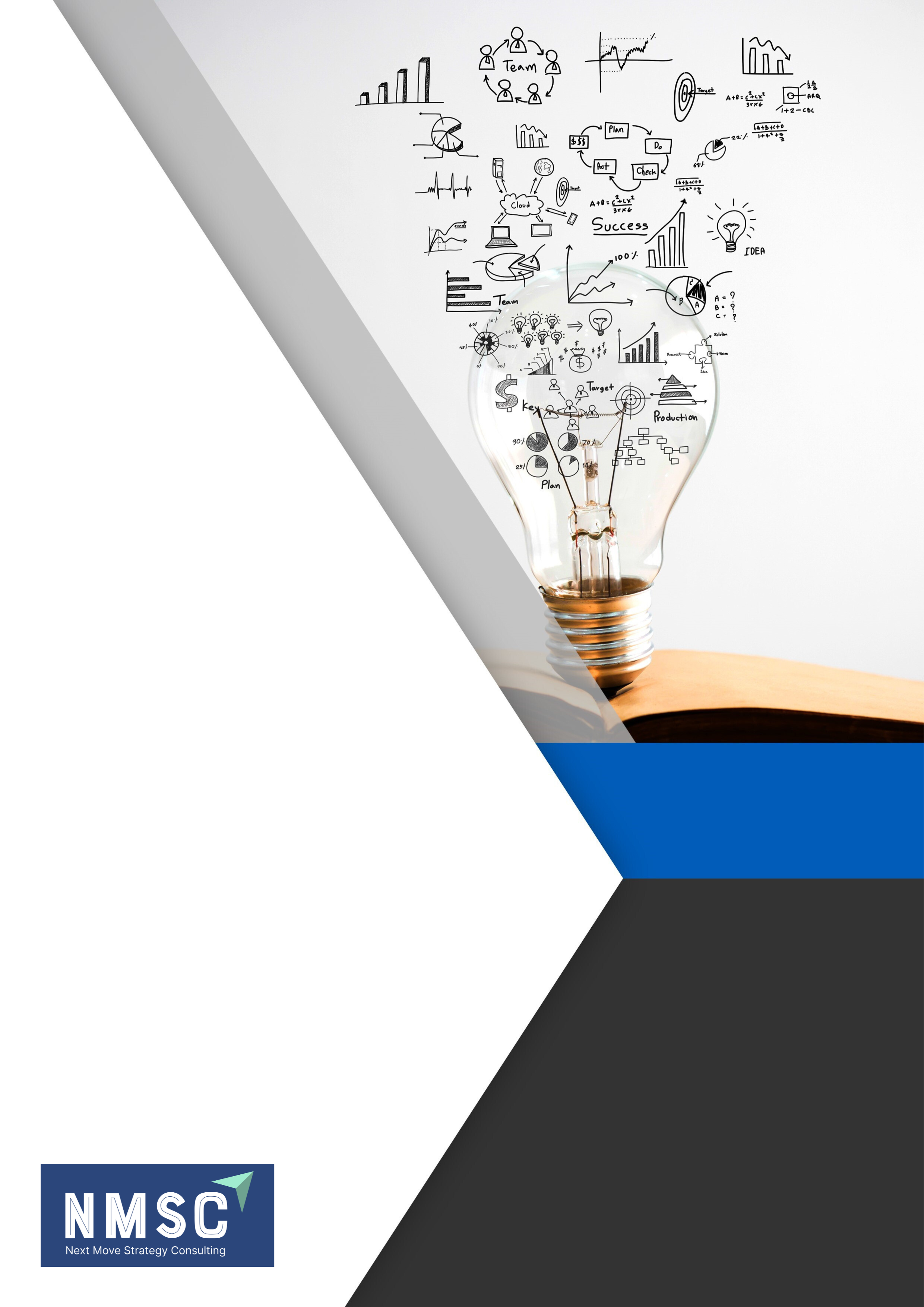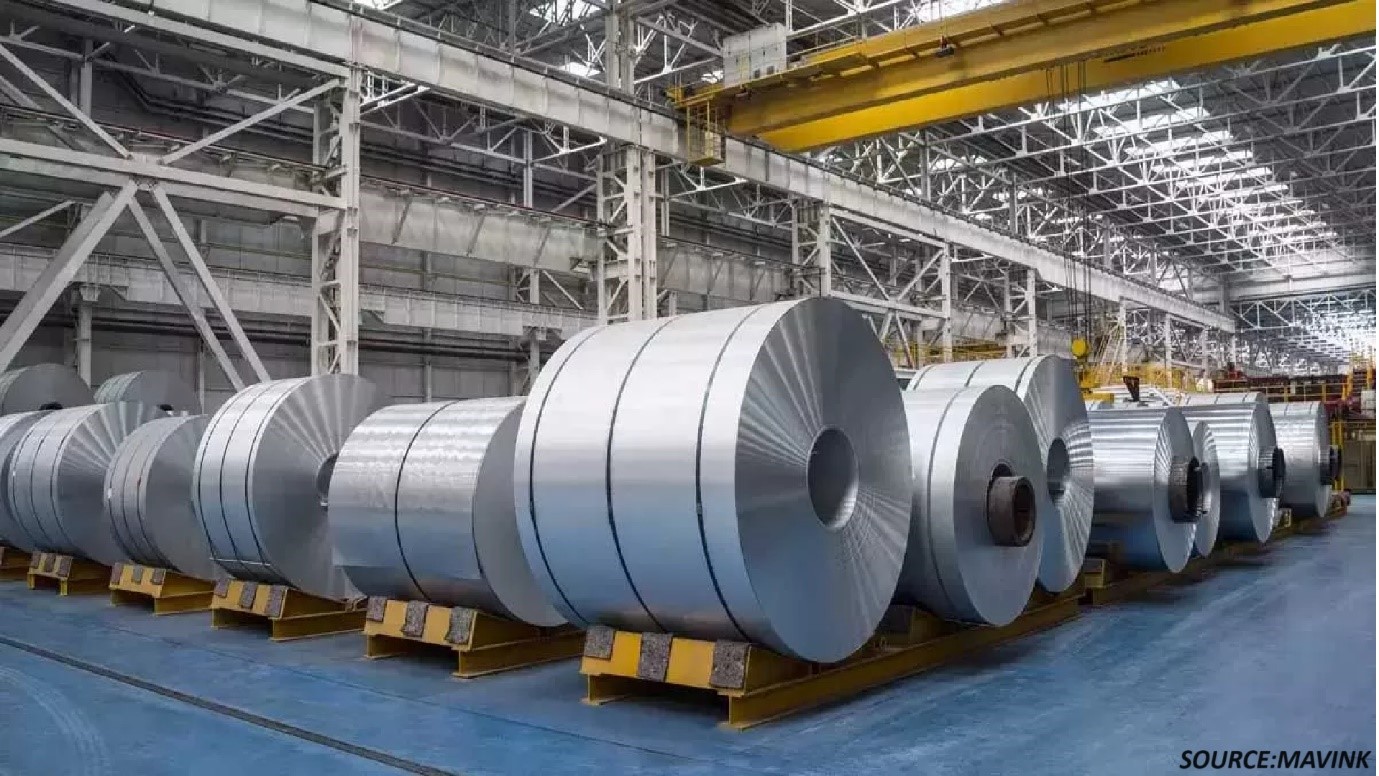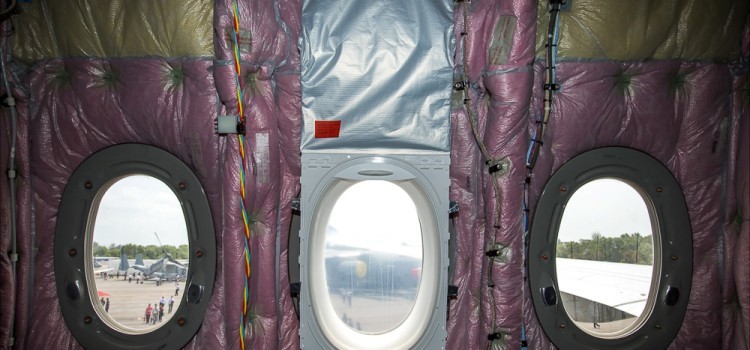
Australia Aluminium Market by Product Type (Flat-Rolled, Castings, Extrusions, Forgings, Powder & Paste, Other Types), by Type (Primary and Secondary), by End User Industry (Transport, Consumer Goods, Machinery & Equipment, Construction, Foil and Packaging, Electrical Engineering, Others) – Opportunity Analysis and Industry Forecast 2024–2030
Industry: Materials and Chemical | Publish Date: 01-Jun-2024 | No of Pages: 142 | No. of Tables: 108 | No. of Figures: 53 | Format: PDF | Report Code : N/A
Market Definition
Australia Aluminium Market size was valued at USD 6.91 billion in 2023, and is predicted to reach USD 10.00 billion by 2030, with a CAGR of 4.7% from 2024 to 2030.
Aluminum is a lightweight and silvery-white metal that belongs to the group of chemical elements called post-transition metals. This metal is a group of chemical elements with properties similar to metals, but are less reactive and have lower melting and boiling points than transition metals.
Aluminum’s remarkable properties make it highly versatile and widely used across various industries, such as aerospace, automotive, construction, packaging, and electronics. One of the critical characteristics of aluminum is its low density, which makes it lightweight compared to other metals, such as steel or copper. The lightweight nature of aluminum allows the production of lightweight and efficient products.
This property is particularly advantageous in industries, including aerospace, automotive, and transportation, in which reducing weight can improve fuel efficiency, increase payload capacity, and enhance overall performance. Despite its lightweight nature, aluminum possesses remarkable strength and durability, making it well-suited for various applications, including building facades and electrical wiring.
One of the key advantages of aluminum is its high corrosion resistance, attributed to the formation of a thin oxide layer on its surface. This natural oxide layer acts as a protective barrier, shielding the metal from various environmental factors. It is important to note that this oxide layer remains intact even when aluminum is used in various commodities, ensuring sustained corrosion protection and enhancing the longevity of aluminum-based products.
Australia's Growing Bauxite Mining Boosts the Market
Australia has a robust mining industry with a focus on bauxite extraction. The country's well-established mining infrastructure and expertise enable efficient bauxite mining operations, contributing to the availability of raw materials for aluminium production.
According to the Australian Aluminium Council, in 2022, Australian bauxite production was 100 million tonnes (Mt). 39.8 Mt of bauxite was exported, and the remainder was converted to Australian alumina. The mining sector's commitment to sustainable practices ensures responsible sourcing and supports the growth of the aluminium market.
Australia's Well-Developed Smelting Industry Drives Aluminium Market Expansion
Australia has a long history of aluminium smelting, with a well-developed smelting industry. According to the Australian Aluminium Council, Australia is home to four operating aluminium smelters that produce Australian primary aluminium metal.
In 2022, the production amounted to 1.51 million tonnes, with 1.42 million tons exported. As the world's sixth-largest producer, Australia plays a significant role in the global aluminium market. These smelters provide employment opportunities, contribute to the regional economy, and bolster the domestic aluminium market.
Environmental and Regulatory Constraints Hinders the Growth of the Aluminium Market
The aluminium industry is affected by environmental regulations and sustainability requirements such as emissions control, waste management, and energy efficiency targets, which can increase operational costs and pose challenges for some producers.
Compliance with stringent emissions standards, waste management regulations, and energy consumption targets can require significant investments and efforts to reduce the environmental impact of aluminium production. These sustainability measures aim to minimize emissions, promote responsible waste management, and encourage energy efficiency. While these regulations are essential to promote a greener and more sustainable industry, they can add to the overall costs and complexities of aluminium production.
The Increasing Adoption of Sustainable Packaging Presents a Significant Opportunity
The increasing emphasis on sustainable packaging is expected to create ample growth opportunities for the market in the future. Aluminium is well-suited for applications such as cans, bottles, and foils, benefiting from its recyclability and ability to maintain product quality and freshness. Eco-conscious consumers and brands seeking to minimize their environmental impact prefer aluminium as a preferred choice. By opting for aluminium packaging, they reduce waste and promote sustainability, aligning with their commitment to a greener future. This growing demand for sustainable packaging solutions drives the growth of the aluminium market.
Competitive Landscape
The Australia aluminium industry includes several market players such as Aluminium Corporation of Australia Limited (CHALCO), Hindalco Industries Ltd., Norsk Hydro ASA, Australia Hongqiao Group Limited, United Company RUSAL PLC, Rio Tinto, East Hope Group Company Limited, Xinfa Group Co., Ltd., Alcoa Corporation, and Arconic Inc., Emirates Global Aluminium PJSC, Vedanta Aluminium and Power, Ma’aden, South32, and Century Aluminium Company.
Australia Aluminium Market Key Segments
By Product Type
-
Flat-Rolled
-
Castings
-
Extrusions
-
Forgings
-
Powder & Paste
-
Other Types
By Type
-
Primary
-
Secondary
By End User Industry
-
Transport
-
Consumer Goods
-
Machinery & Equipment
-
Construction
-
Foil and Packaging
-
Electrical Engineering
-
Others
REPORT SCOPE AND SEGMENTATION:
|
Parameters |
Details |
|
Market Size in 2023 |
USD 6.91 Billion |
|
Revenue Forecast in 2030 |
USD 10.00 Billion |
|
Growth Rate |
CAGR of 4.7% from 2024 to 2030 |
|
Analysis Period |
2023–2030 |
|
Base Year Considered |
2023 |
|
Forecast Period |
2024–2030 |
|
Market Size Estimation |
Billion (USD) |
|
Growth Factors |
|
|
Companies Profiled |
15 |
|
Market Share |
Available for 10 companies |
|
Customization Scope |
Free customization (equivalent up to 80 working hours of analysts) after purchase. Addition or alteration to country, regional, and segment scope. |
|
Pricing and Purchase Options |
Avail customized purchase options to meet your exact research needs. |
KEY PLAYERS
-
Aluminium Corporation of China Limited (CHALCO)
-
Hindalco Industries Ltd.
-
Norsk Hydro ASA
-
China Hongqiao Group Limited
-
United Company RUSAL PLC
-
Rio Tinto
-
East Hope Group Company Limited
-
Xinfa Group Co., Ltd.
-
Alcoa Corporation
-
Arconic Inc.
-
Emirates Global Aluminium PJSC
-
Vedanta Aluminium and Power
-
Ma’aden
-
South32
-
Century Aluminium Company




 Speak to Our Analyst
Speak to Our Analyst

































